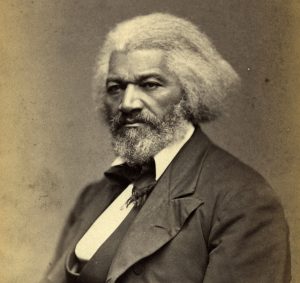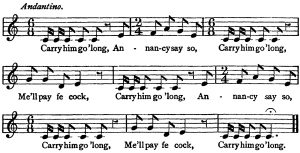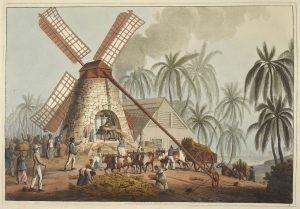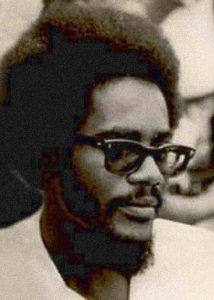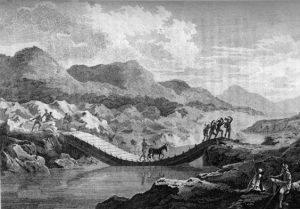Slavery
Benjamin McMahon: Jamaica Plantership
20 July 1822
BENJAMIN McMAHON spent 18 years working as a bookkeeper and overseer on Jamaican sugar estates before leaving the island in 1837. He was employed on 24 different estates and his autobiography, published in London in 1839, recounts a litany of cruel and inhuman treatments meted out to enslaved people. Here he recounts his experiences on Crawle Estate and Harmony Hall.
Matthew Lewis describes the process of making sugar
11 January 1816
MATTHEW LEWIS is chiefly remembered as the author of the sensational Gothic novel The Monk, published in 1796. He was, however, a slave-owner and inherited two large plantations in Jamaica which he visited twice, in 1815 and 1817. His anecdotal record, Journal of a West Indian Proprietor, is full of vivid descriptions of plantation life – albeit from the perspective of a slave-owner.
Walter Rodney: The Groundings with my Brothers
18 October 1968
IN THIS excerpt from a speech given in Montréal following his banning by the Jamaican authorities a few days earlier, Walter Rodney, the Guyanese-born academic and activist, warns against being seduced by the myth of a harmonious multi-racial society. He describes how he got real knowledge and understanding from Rastafari, the least regarded, most despised section of society. Finally, Rodney stresses the importance of the black intellectual attaching himself to the activity of the black masses.
Mungo Park: Travelling with the slave coffle
19 April 1797
IN THIS excerpt from Travels in the Interior of Africa, Mungo Park describes the composition of a slave coffle, which includes merchants, free men, their wives and domestic slaves, a schoolmaster, thirty five slaves for sale, and six Jilli keas – singing men – who served to keep spirits up as well as entertaining hosts along the route.

